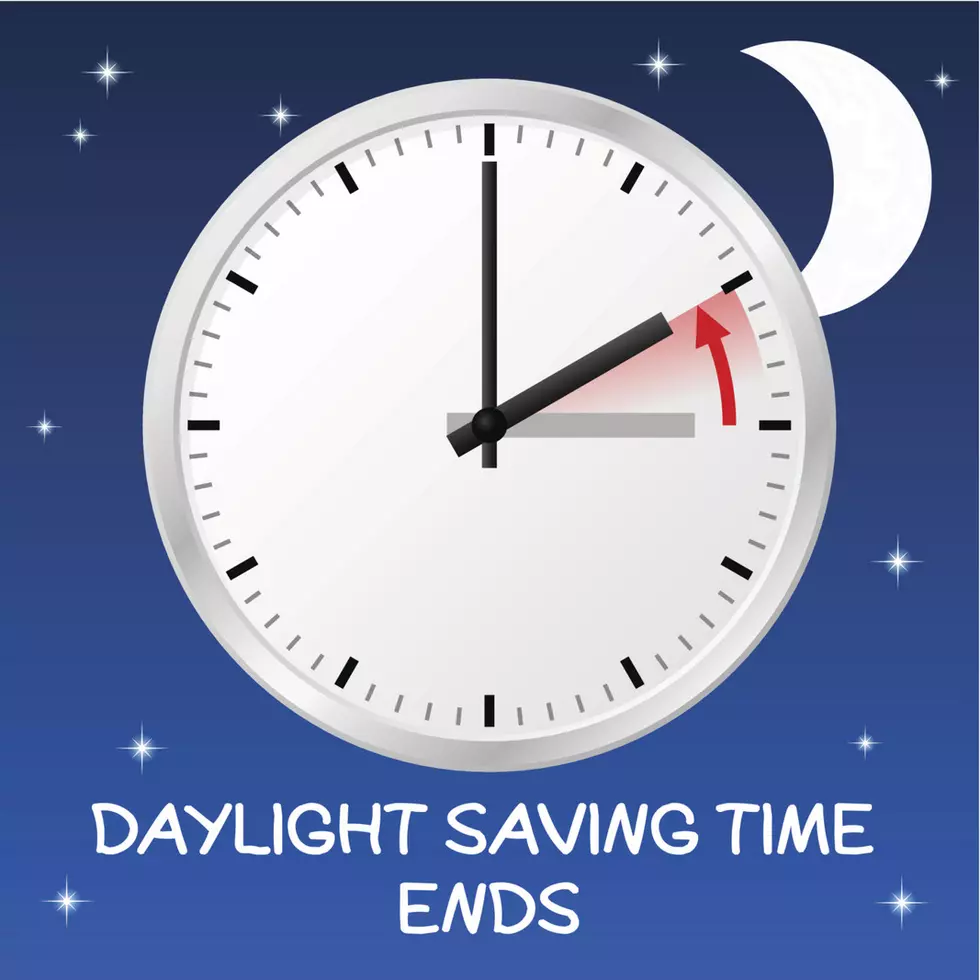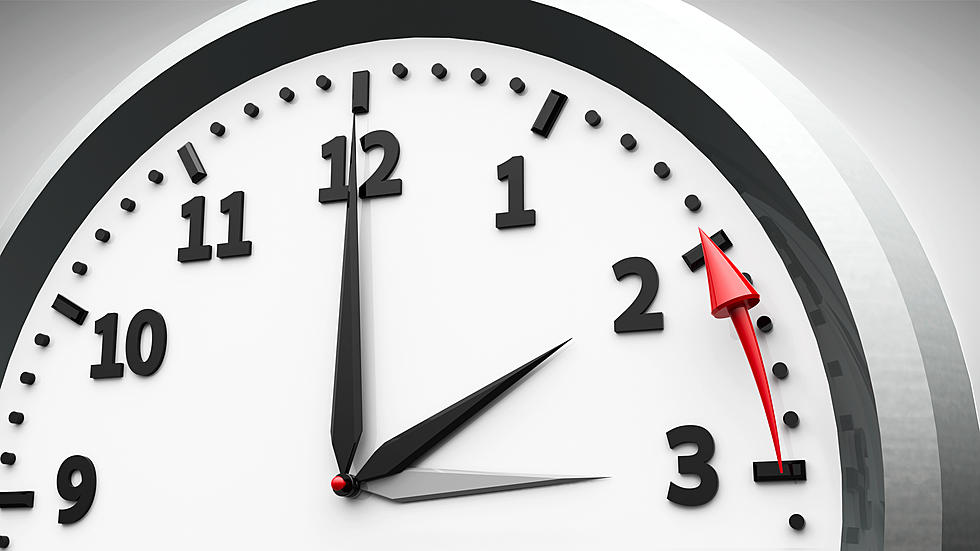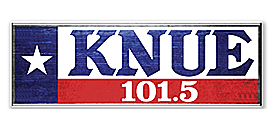
Daylight Savings Time Hangover
Listening to Big D and Bubba yesterday and today, I heard Bubba talk about dragging because of the spring forward time change. He mentioned how Monday wasn't so bad but Tuesday was the killer.
I've never been affected by the time change, forward or back, but last night, I think was my first encounter with it.
I'm up before most of you even think of waking up, around 4 A.M., to be here to help with Big D and Bubba's show. I usually get to bed between 8 and 9 P.M. Getting up that early in the morning isn't the challenge, it's going to bed that early, so maybe that's a piece of my slogging through this morning.
But last night, I get to bed about 8:30 P.M., got my dog laying next to me, no TV in my bedroom, just radio as usual. Well, two hours of tossing and turning, dozing on and off, I still can't get completely asleep. I finally just grab my pillow, head to the futon, turn on the Tonight Show and just lay there until sleep overtakes me. It does, finally, I'm guessing around 11:30 P.M.
4 A.M. alarm goes off and I'm making the lack of sleep walk of shame into the studio this morning. Unlike pretty much all of my co-workers, I am not a coffee drinker. Maybe a small cup once or twice a week but any more than that and I'm bouncing off the walls.
It got me to thinking about the origin of Daylight Savings and if it's still needed in today's society.
I complied this information from timeanddate.com.
Daylight Saving Time has been recorded as far back as ancient times where people would simply adjust their schedules based on sunrise and sunset times. Canada experimented with it in the early 1900's but Germany was the first to use it. During World War I, they used it to minimize the lighting to save fuel for the war. Europe and other countries moved to using Daylight Savings Time as well.
In 1918, President Woodrow Wilson signed a law to also support the World War I fight. Then it was called "Fast Time". Robert Garland, a Pittsburg industrialist, had been in Europe and encountered the idea. The time change was later repealed, but Pittsburg, Boston and New York continued using it. Daylight Savings Time was enacted once again during World War II.
After that is when it went into a bit of chaos.
Between 1945 and 1966, there were no rules for Daylight Savings Time, causing time confusion among trains, buses and broadcasters. The Uniform Time Act was passed in Congress in 1966 setting the last Sunday of April to begin and the last Sunday of October to end Daylight Savings Time. But states could opt out, hence Arizona and Hawaii do not participate.
During a ten month period between 1974 and 1975, to save energy after the oil embargo of 1973, a revised version of Daylight Savings Time was enacted. The energy saved was the same as 10,000 barrels of oil a day but many complained that the early winter mornings, which were dark, was a danger to children getting to school.
Since then there have been many revisions made.
In my opinion, does it need to exist, I don't know. I have no facts to base it on but some have said that agreeing on which Daylight Savings Time, during summer or winter, to use have been a draw back. What are your thoughts?
More From 101.5 KNUE









